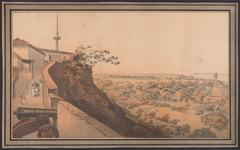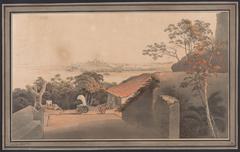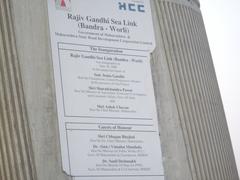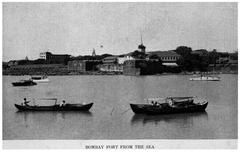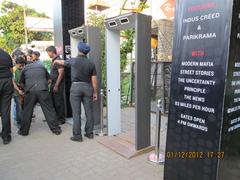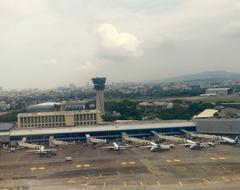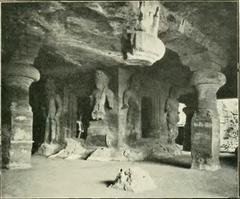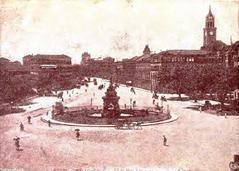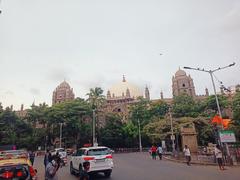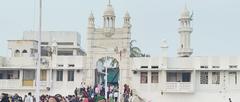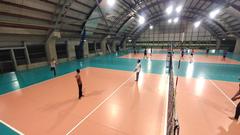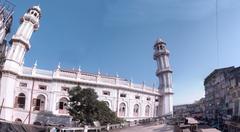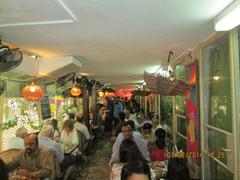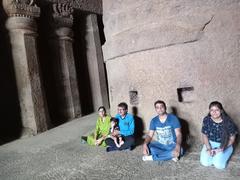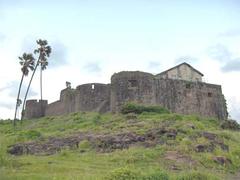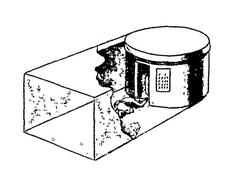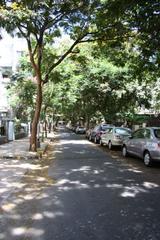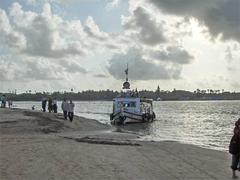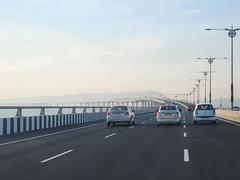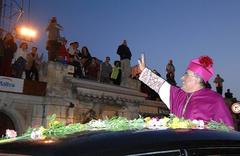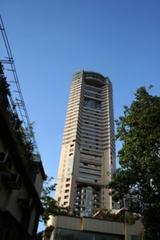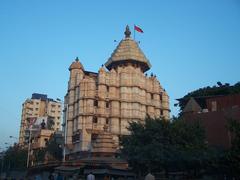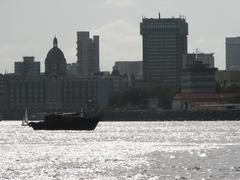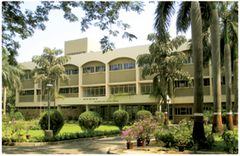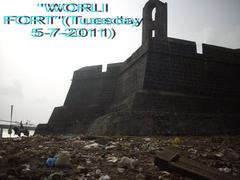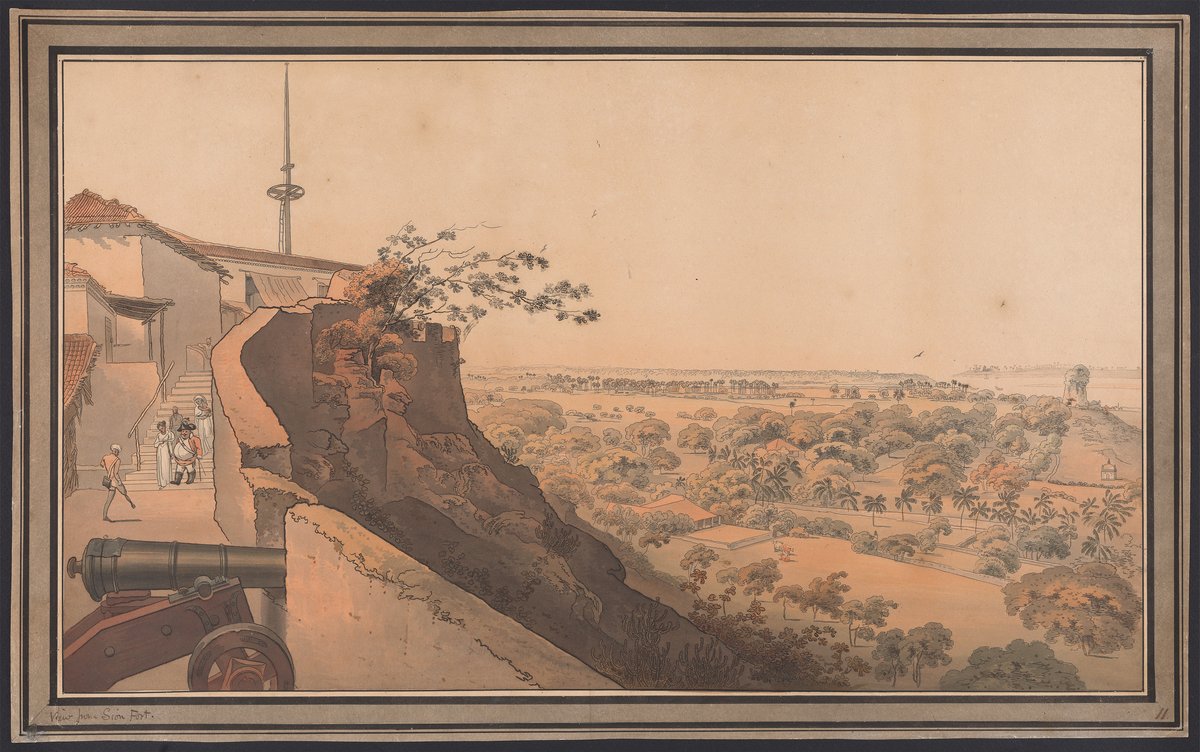
Visiting Sion Fort: History, Tickets, and Travel Tips
Date: 18/07/2024
Introduction
Nestled in the bustling city of Mumbai, Sion Fort, known locally as सायन किल्ला, stands as a testament to the city’s rich colonial heritage. Constructed by the British East India Company in the late 17th century, the fort was a strategic defense point designed to protect British interests in Bombay from potential invasions by the Portuguese and other European powers, as well as local rulers (Mumbai Tourism). Situated on a hillock, the fort provided a vantage point to monitor the surrounding areas, including the eastern seaboard and the mainland, making it a crucial military outpost during the Anglo-Maratha Wars (Maharashtra Tourism).
Sion Fort’s architecture is a notable example of British military engineering, featuring bastions, ramparts, and watchtowers constructed using locally sourced stone and lime mortar. These structures have remarkably withstood the test of time, offering visitors a glimpse into the past (Archaeological Survey of India). Beyond its military significance, Sion Fort holds cultural importance for the local population. It serves as a symbol of Mumbai’s colonial past and is now a popular tourist attraction, offering panoramic views of the city and the surrounding areas (Mumbai Heritage).
Over the years, the fort has faced challenges such as encroachment and environmental degradation, but efforts by the Archaeological Survey of India (ASI) have helped preserve this historical monument for future generations. Today, Sion Fort is accessible to the public and offers guided tours that provide insights into its historical and cultural significance (ASI). This comprehensive guide aims to provide all the necessary information for planning a visit to Sion Fort, covering its history, architectural features, visitor tips, and nearby attractions.
Table of Contents
- Introduction
- Origins and Construction
- Strategic Importance
- Architectural Features
- Role in British Colonial History
- Decline and Preservation
- Cultural Significance
- Modern-Day Relevance
- Visitor Information
- Travel Tips and Nearby Attractions
- Conclusion
- FAQ
Exploring Sion Fort - History, Visiting Hours, and Tickets in Mumbai
Origins and Construction
Sion Fort, known locally as सायन किल्ला, is a historic fortification located in the Sion area of Mumbai, India. The fort was constructed by the British East India Company in the late 17th century, around 1669-1677, during the period when the British were consolidating their power in the region. The fort was part of a series of fortifications built to protect the British interests in Bombay (now Mumbai) from potential invasions by the Portuguese and other European powers, as well as local rulers (Mumbai Tourism).
Strategic Importance
The strategic importance of Sion Fort lay in its location. Situated on a hillock, the fort provided a vantage point to monitor the surrounding areas, including the eastern seaboard and the mainland. This elevated position allowed the British to keep an eye on the movements of enemy ships and local forces. The fort’s location also served as a boundary marker between the British-held Bombay and the territories controlled by the Portuguese and the Marathas (Maharashtra Tourism).
Architectural Features
Sion Fort is an example of British military architecture of the 17th century. The fort’s design includes bastions, ramparts, and a series of watchtowers. The walls of the fort are constructed using locally available stone and lime mortar, which have withstood the test of time. The fort also features a large gate, which was the main entrance, and several smaller gates for quick access and exit. The interior of the fort includes barracks for soldiers, storage rooms for ammunition, and water cisterns to ensure a steady supply of water during sieges (Archaeological Survey of India).
Role in British Colonial History
Sion Fort played a crucial role in the British colonial history of Mumbai. It served as a military outpost and a signaling station. The fort was equipped with cannons and other artillery to defend against any potential attacks. During the Anglo-Maratha Wars in the late 18th and early 19th centuries, the fort was used as a base for British troops. The fort’s strategic location allowed the British to launch operations against the Marathas and other local rulers (British Library).
Decline and Preservation
With the advent of modern warfare and the expansion of Mumbai, the strategic importance of Sion Fort diminished. By the mid-19th century, the fort was largely abandoned and fell into disrepair. However, recognizing its historical significance, efforts were made in the 20th century to preserve the fort. The Archaeological Survey of India (ASI) has undertaken several restoration projects to maintain the structural integrity of the fort and to make it accessible to the public (ASI).
Cultural Significance
Sion Fort holds cultural significance for the local population. It is a symbol of Mumbai’s colonial past and a reminder of the city’s strategic importance in the British Empire. The fort is also a popular spot for local residents and tourists, offering panoramic views of the city and the surrounding areas. The fort’s historical and cultural value has made it a protected monument under the ASI, ensuring its preservation for future generations (Mumbai Heritage).
Modern-Day Relevance
Today, Sion Fort is a popular tourist attraction and a site of historical interest. The fort is accessible to the public, and several guided tours are available that provide insights into its history and significance. The fort is also a popular spot for photography, offering stunning views of the cityscape. Efforts are ongoing to further develop the site as a tourist destination, with plans to improve the infrastructure and facilities for visitors (Mumbai Tourism).
Visitor Information
For those planning to visit Sion Fort, it is advisable to check the opening hours and any entry fees. The fort is generally open from sunrise to sunset, and there is no entry fee. However, visitors are encouraged to respect the historical site and avoid any activities that may damage the structure. Guided tours are available, and it is recommended to take one to fully appreciate the historical and cultural significance of the fort (Maharashtra Tourism).
Frequently Asked Questions
What are the visiting hours for Sion Fort?
The fort is generally open from sunrise to sunset.
How much is the entry fee for Sion Fort?
There is no entry fee for visiting Sion Fort.
What is the best time to visit Sion Fort?
The best time to visit Sion Fort is early in the morning or late in the afternoon to avoid the midday heat and enjoy the panoramic views.
Are guided tours available?
Yes, guided tours are available, and they are highly recommended to gain insights into the fort’s history and significance.
Travel Tips and Nearby Attractions
- Travel Tips: Wear comfortable shoes as the terrain can be uneven. Carry water and a hat to protect against the sun.
- Nearby Attractions: Consider visiting other historical sites in Mumbai such as the Gateway of India, Elephanta Caves, and Chhatrapati Shivaji Maharaj Vastu Sangrahalaya (formerly Prince of Wales Museum).
- Accessibility: The fort is accessible by local transport. The nearest railway station is Sion, and the fort is a short walk or auto-rickshaw ride from the station.
Conclusion
In summary, Sion Fort is a testament to Mumbai’s rich colonial history and its strategic importance in the British Empire. The fort’s well-preserved architecture and its cultural significance make it a must-visit destination for history enthusiasts and tourists alike. Plan your visit to Sion Fort, and explore other historical sites in Mumbai to fully appreciate the city’s historical and cultural heritage.
For more information and updates, follow our social media channels and download our mobile app for the latest travel tips and guides.
References
- Mumbai Tourism. (n.d.). Sion Fort. Retrieved from https://www.mumbaitourism.travel/sion-fort-mumbai
- Maharashtra Tourism. (n.d.). Sion Fort. Retrieved from https://www.maharashtratourism.gov.in/forts/sion-fort
- Archaeological Survey of India. (n.d.). Sion Fort. Retrieved from https://asi.nic.in/sion-fort/
- Mumbai Heritage. (n.d.). Sion Fort. Retrieved from https://www.mumbaiheritage.org/sion-fort
- British Library. (n.d.). Sion Fort Mumbai. Retrieved from https://www.bl.uk/collection-items/sion-fort-mumbai
